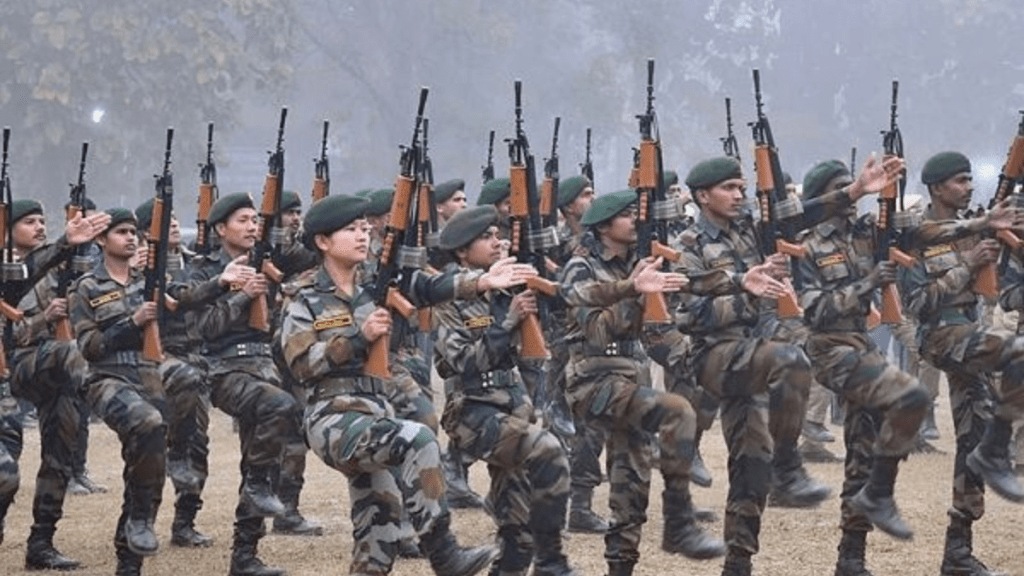The Indian Army is poised for a significant boost in its defence budget, driven by escalating security concerns and the ever-evolving geopolitical landscape. The persistent Chinese presence along the Line of Actual Control (LAC), coupled with repeated terror attacks linked to Pakistan-backed entities, underscores the urgent need for enhanced military preparedness. This anticipated increase in defence spending reflects India’s strategic imperative to safeguard its national security and maintain regional stability.
Growing Chinese Presence
The growing Chinese military presence along the LAC has been a major concern for India. Incidents such as the Galwan Valley clash in 2020 have highlighted the volatility and unpredictability of the situation. The Chinese People’s Liberation Army (PLA) has been steadily increasing its infrastructure and military capabilities in the region, including the construction of new roads, airstrips, and military bases. This aggressive posturing necessitates a proportional response from India to ensure it is not caught off guard by any future incursions.
In response, India is likely to allocate more resources towards strengthening its border infrastructure and increasing troop deployment along the LAC. This includes enhancing surveillance capabilities, fortifying forward posts, and ensuring the rapid mobilization of troops and equipment in case of any escalation. Investments in advanced surveillance technologies such as drones and satellite imagery will be critical in monitoring Chinese activities and maintaining a strategic edge.
Repeated Terror Attacks
India continues to face the threat of terrorism, with numerous attacks attributed to groups with alleged backing from across the border in Pakistan. These incidents not only pose a direct threat to civilian and military personnel but also aim to destabilize the region. The Indian Army’s counter-terrorism operations, particularly in Jammu and Kashmir, require significant financial and logistical support to remain effective.
The anticipated hike in the defence budget will likely prioritize counter-terrorism capabilities, including improved intelligence gathering, enhanced training for specialized units, and the acquisition of advanced weaponry. Strengthening collaboration with international allies in intelligence sharing and joint counter-terrorism operations will also be crucial in mitigating these threats.
Geopolitical Situations
The broader geopolitical environment further complicates India’s security challenges. The Indo-Pacific region, a strategic focal point for global powers, is witnessing increased military activity and strategic competition. India’s role as a key player in this region necessitates a robust and modernized military force capable of projecting power and ensuring the security of its interests.
To this end, India is expected to invest heavily in modernizing its armed forces, with a focus on acquiring state-of-the-art equipment and technology. This includes the procurement of advanced fighter jets, UAVs, submarines, and missile systems, as well as investing in cyber warfare capabilities. Strengthening strategic partnerships with countries like the United States, Japan, and Australia through initiatives like the Quad will be instrumental in bolstering India’s defence posture.


